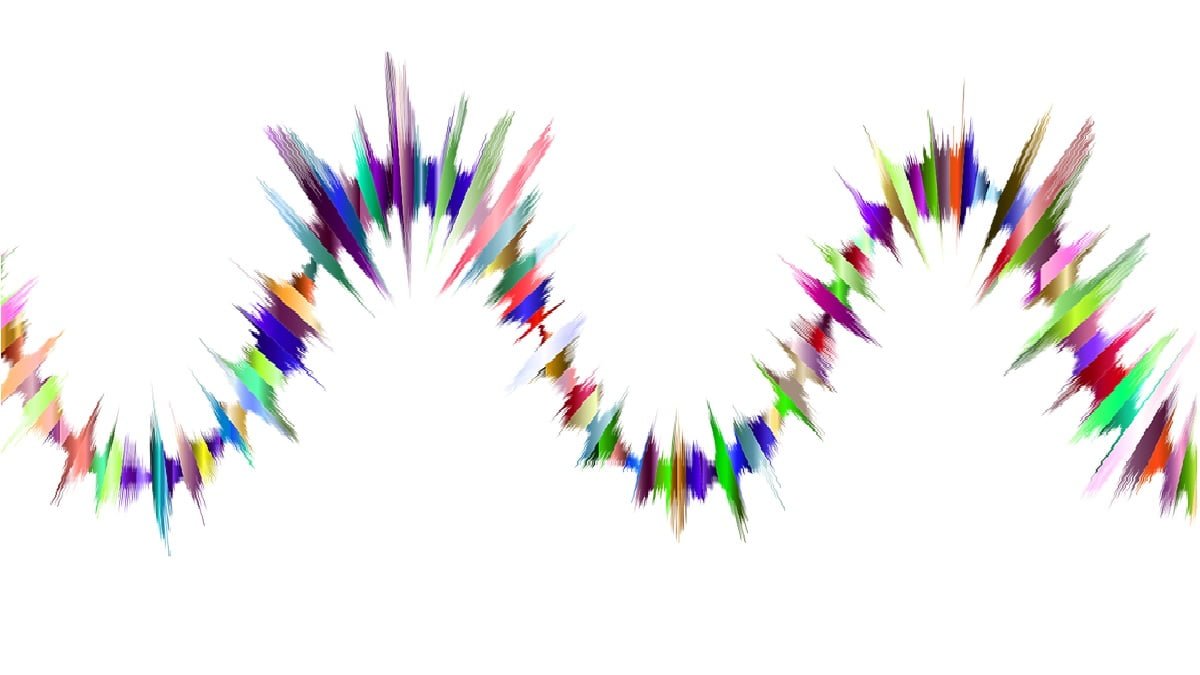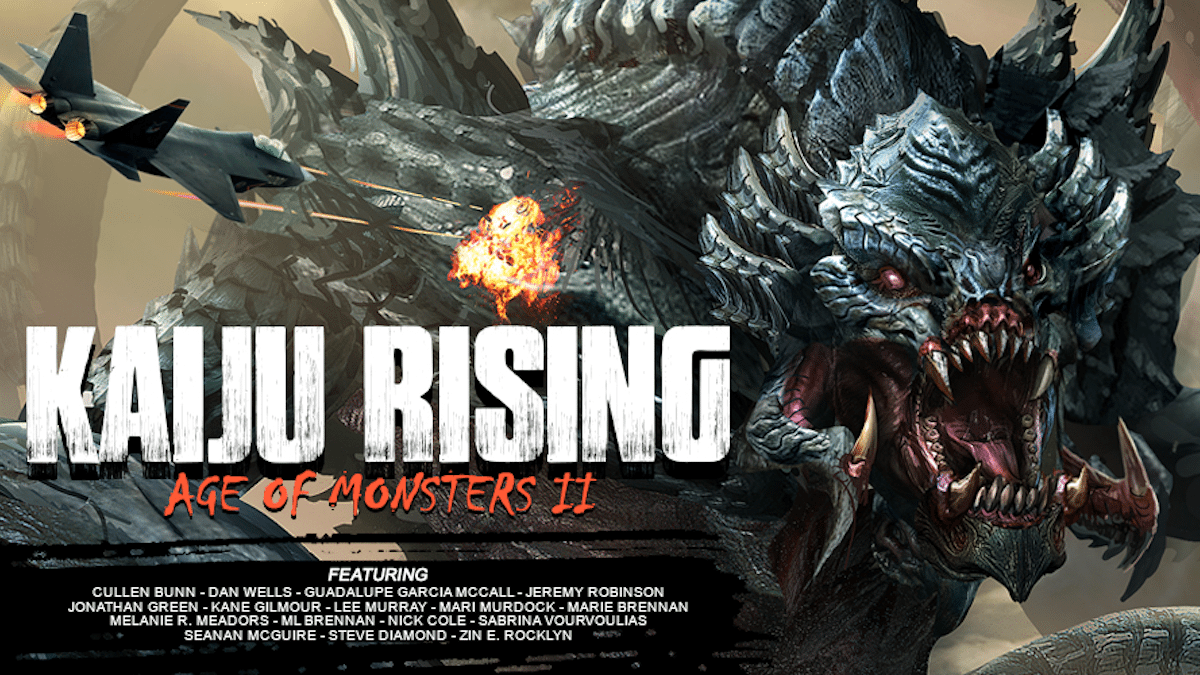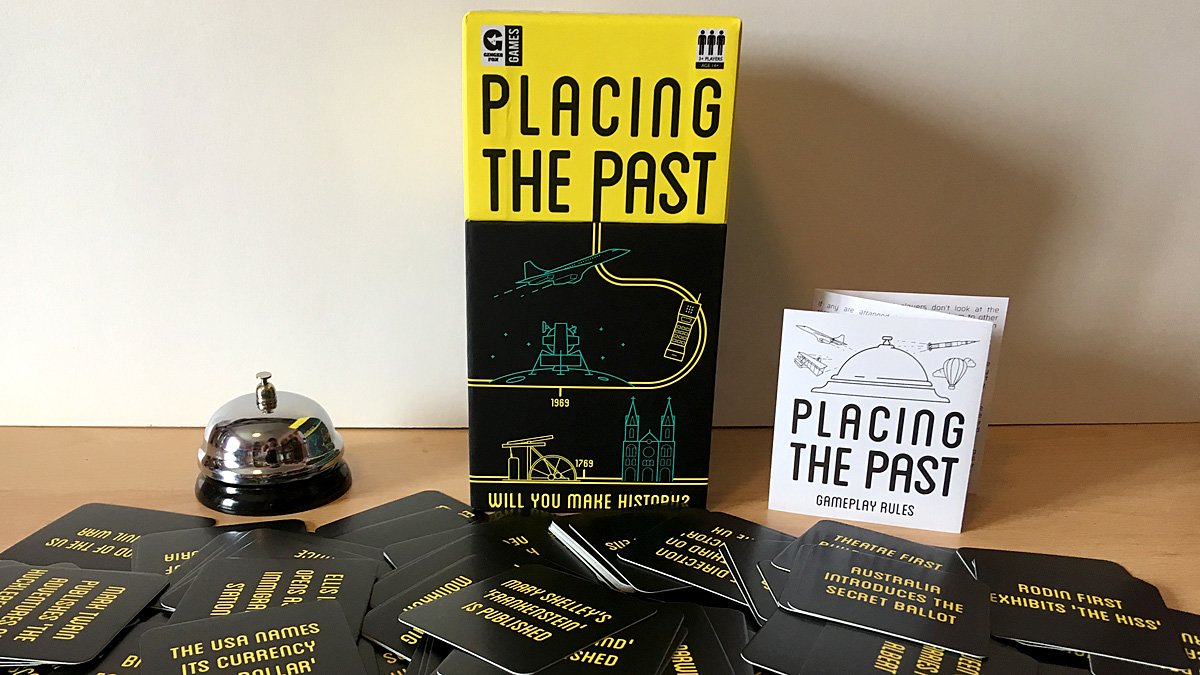
What is Placing the Past?
Placing the Past is an educational card game that asks players to place historical events into chronological order. Players can choose to challenge if they believe another player’s timeline is wrong in the hopes of gaining bonus points from their cards, but beware, challengers who are incorrect risk handing extra points to their opponents. The game is recommended for players age 14 and up, and requires three players or more with no upper limit.
Components
- 240 Event cards
- Challenge Bell
- Rule Sheet
How Do You Play Placing the Past?
Setup
Setup begins by agreeing how many rounds will be played. It is suggested that the number of rounds should match the number of players, and over several games, we’ve found that to be a good rule of thumb.

The event cards are shuffled and five are dealt to each player with the remaining cards left face up in the center of the table. Players must not turn over the cards in their hand or let other players see the backs, ideally placing them all on the table in front of them.
Gameplay
Player One begins by using the cards in their hand to create a timeline. They must use a minimum of two cards from their hand of five but can use all five if they feel confident. Once they are happy with their timeline, its order is set. Any cards they did not use are placed in the middle of the table to form the Card Pool. In the example below, Player One has chosen to use four of their five cards to create a timeline.

The other players now examine Player One’s timeline. If they believe the timeline is incorrect (not in the correct chronological order) they can decide to challenge it by ringing the challenge bell. Only one player can ring the challenge bell per turn and it does not have to be rung.

If no one rings the challenge bell, Player One turns over the cards in their timeline. If they are in the correct chronological order, Player One keeps all the cards. If not, no players receive any points and the cards are placed at the bottom of the deck. In the example above, no one has challenged Player One’s timeline, so they flip over the four cards and reveal that they had the order correct. Player One gets to keep all four of their correctly placed cards, while the fifth card becomes part of the Card Pool.

Once Player One’s turn is over, it is Player Two’s turn to create a timeline. From this point, the active player may use any of their five cards and also any cards placed in the Card Pool by previous players during the round. This means they could end up with a timeline with many more than five cards in it and is why every player must take a turn at playing in every position to keep the game fair, as Player Five will almost certainly have far more cards to choose from than Player One. In the example above, Player Two has created a five card timeline using four of the cards from their hand and the one Player One added to the Card Pool. They have added their final card to the Card Pool.

If a player uses the challenge bell, they take Player One’s cards and rearrange them into what they believe to be the correct order. In the example above, a player has challenged Player Two’s timeline and swapped two cards around. Thee challenging player then flip over all the cards. If they are correct, they take all the cards and add them to their own pile. However, if they were wrong, the cards are handed back to Player One who keeps them all, even if their original timeline was also wrong. This means that by challenging and being wrong, you may inadvertently hand points to an opponent who was also wrong, so you need to be confident when choosing to challenge.
In the example below, the challenging player flips over the cards and reveals that their corrected timeline was wrong. Player Two receives all five cards, even though a look at the dates reveals that Player Two’s original timeline was also incorrect. The challenging player has effectively handed Player Two five extra points.

Play continues until every player has taken a turn. At this point, all the cards in the Card Pool are removed and reshuffled into the deck. Five new cards are dealt to each player, and the next round begins with the next player becoming Player One. Rounds continue until the agreed upon number have been played.
Scoring
Once all the rounds have been completed and every player has had a go at being Player One, the game is over. All the players then count up their cards and the player with the most is declared the winner. In the case of a tie, a tiebreak round is played between those players.
Should You Buy Placing the Past?
My family and I really enjoyed playing Placing the Past and I found that I slightly preferred it to the similar game Timeline which I have previously reviewed on the site. Making multiple short timelines which are then cleared and replaced made the game more fun than working toward one enormous timeline, and also made it more practical in terms of space on the table. We did also discover that we could easily mix and match Timeline cards with Placing the Past cards or play either game with cards from the other, which has hugely increased our playing options.
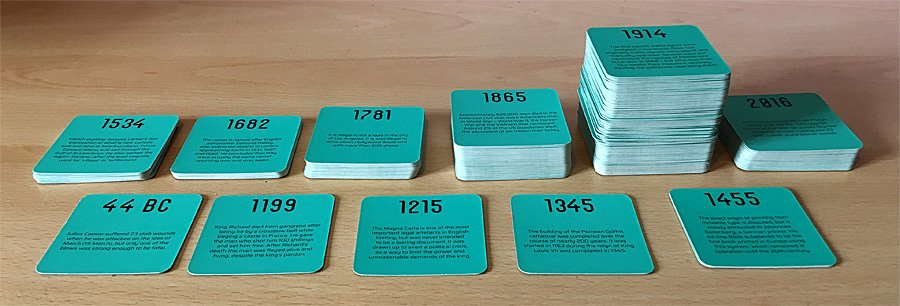
The events cards in Placing the Past date from 44BC through to 2016, however, that 44BC card is a significant outlier and the rest of the deck date from the 1100s onwards, with the majority in later centuries and the 1900s taking up around half the total deck by themselves. Indeed, there are only six cards from the deck of 240 covering the entire of history up until 1500, although that isn’t particularly surprising.
I did find the inclusion of a bell rather pointless. While players are supposed to ring it in order to signify that they are challenging an opponent, we quickly stopped doing so in favor of simply announcing our challenge to the table, and in later games, the bell was never even taken out of the box. It feels like a gimmick that could easily be removed in order to save space and packaging. I was also somewhat unimpressed with the event cards themselves. While Timeline is filled with beautiful artwork or photographs, Placing the Past uses nothing but text, which makes it a whole lot less pretty to look at.
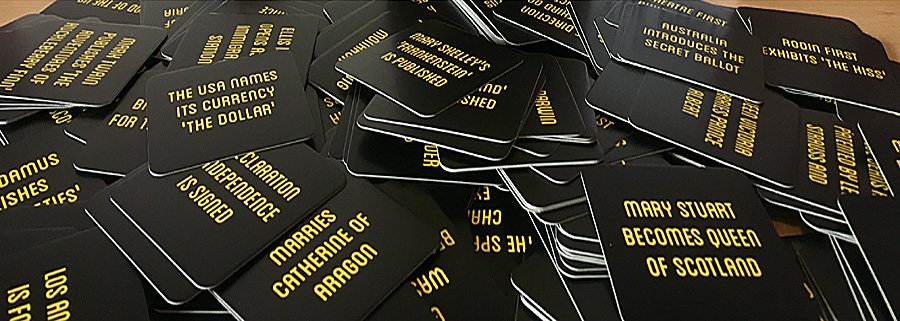
Placing the Past is a quick, easy, and fun game that will equally suit family games night, homework time with kids, or a party night with friends. We’ve really enjoyed playing it and have taken it with us to family events where it’s gone down well with kids, adults, and grandparents making it highly recommended.
GeekMom received a copy of Placing the Past for review purposes.

